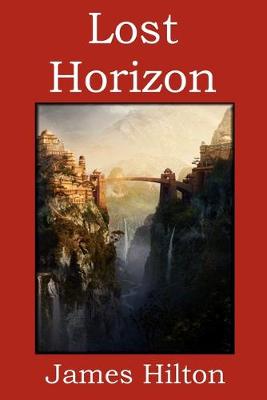Reviewed by gmcgregor on
There's not a lot of plot going on in this book: the four passengers are on a plane being evacuated from an Asian city that's experiencing civil conflict when they realize they aren't being taken to the drop point they expect. The plane crashes and the pilot perishes, but they're picked up by a group of Tibetans and taken to their monastery. The area is incredibly remote, nestled within the mountains with only a small native village even remotely close by. The group is at first eager to return to the outside world, but as they grow more and more accustomed to the well-provisioned lamasery and its tranquil residents, it is only Mallison who retains any urgency about trying to leave. Conway, on the other hand, is taken into the confidence of the High Lama and learns the secrets of their way of life.
This book is pretty thin on characterization as well as plot, and I admit I was baffled by its status as a classic until I found out it was apparently one of the very first mass-market paperbacks, which put it in the hands of a much wider audience than many books. Otherwise, it's fine but not special. The prose is generally good quality. It's one of those books that you have to remind yourself of the publication date for while you read...there is frequent use of racial slurs targeted at Asian people, and of course the "wisdom" that propels Shangri-La and its unusually long-lived residents is revealed to be the product of white people. It was the 1930s and James Hilton was a middle-class white British dude, so that kind of thing isn't exactly unexpected, but I was personally taken aback by the casual racism and expect most other modern readers would be so as well. There's nothing special or particularly interesting in this book, so while I didn't hate it, I don't recommend it.
Reading updates
- Started reading
- 1 February, 2018: Finished reading
- 1 February, 2018: Reviewed
